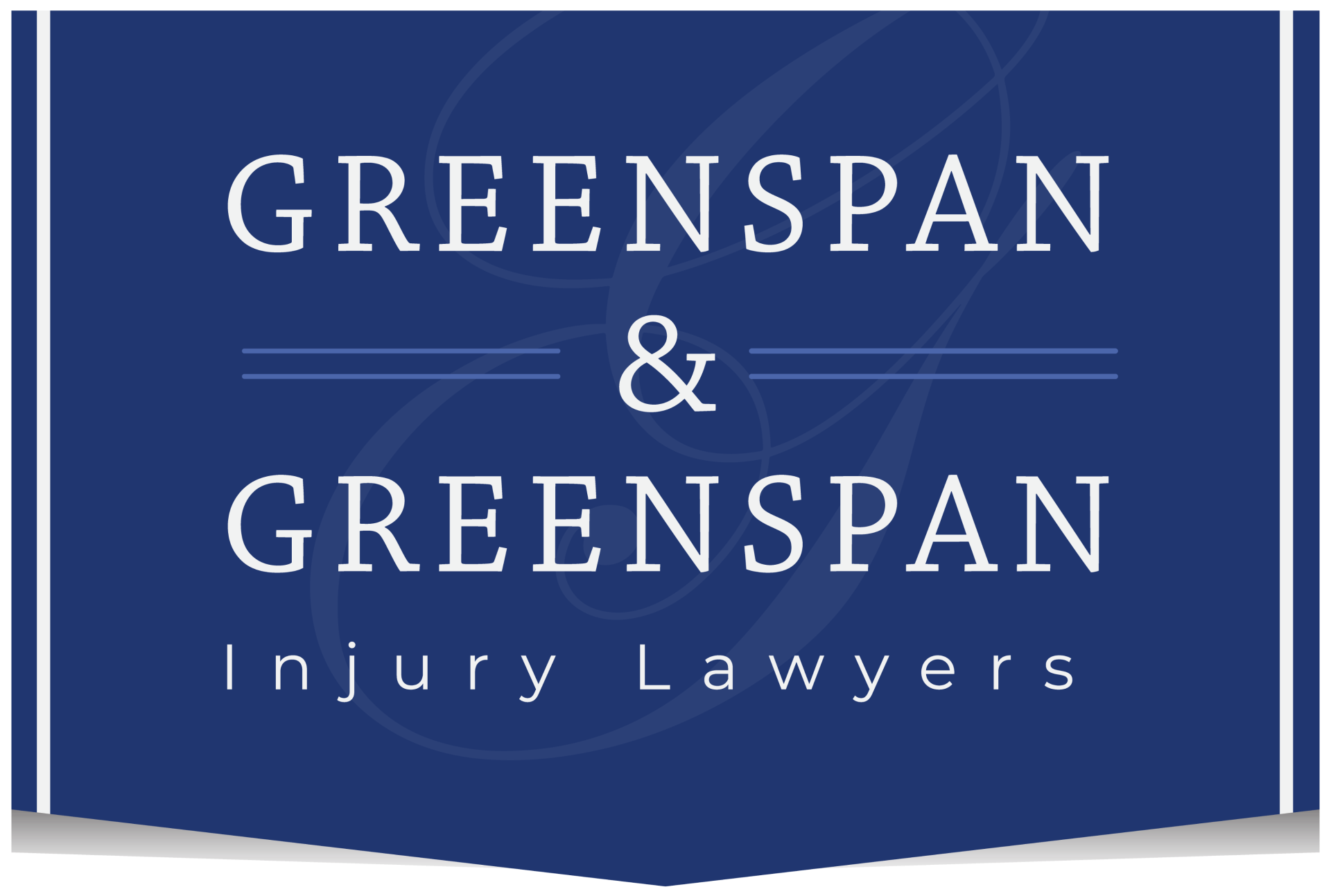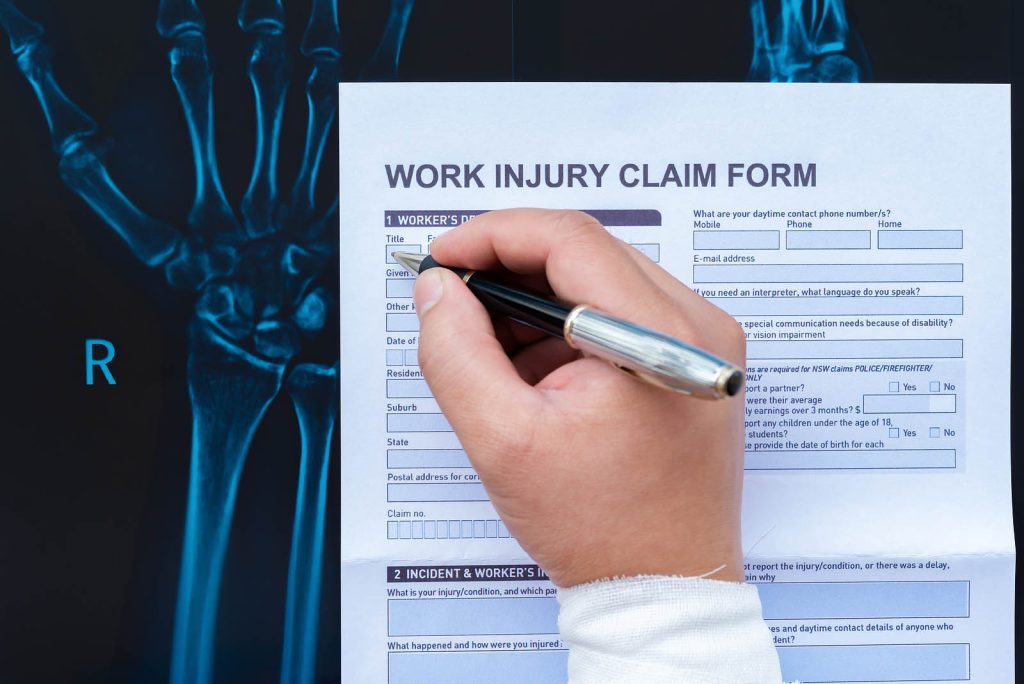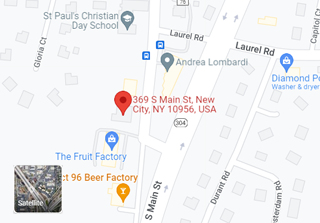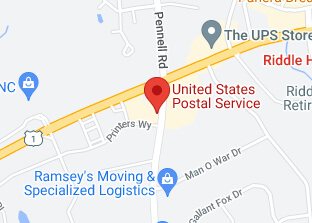Car accidents can occur for a variety of reasons, and it’s not always 100% one person’s fault. These types of cases can be complicated. For example, one person may be speeding through an intersection and strike another car that’s not yielding to the oncoming traffic.
Both break traffic laws, so determining how much each party should be compensated is complex if one or both are injured.
New York state uses what’s known as comparative fault, or comparative negligence, as grounds for determining settlements and claims for people injured in a car accident.
That means if both parties have some fault in the accident, that will be considered when final judgments are calculated. Both drivers may end up owing some money.
What often happens is if one driver is ordered to pay the other driver $10,000 but is found to be 80% at fault rather than 100%, they’ll only have to pay $8,000.
How Is Comparative Fault Different from Contributory Negligence?
In contributory negligence states, someone who is injured in a car accident that they were at least partly to blame for cannot collect any damages from the other party. There are only a few states in the U.S. that use contributory negligence; the majority use comparative fault, such as New York.
How Is Fault or Negligence Determined?
Fault or negligence is defined in terms of how someone was careless or reckless in such a way that they at least partially caused the car accident to happen.
That can be anything from ignoring driving laws, driving too fast (including driving the speed limit on icy roads when a reasonable person would be expected to drive under the limit for safety’s sake), following another driver too closely, or any other behavior such as texting while driving .
What Is Pure Comparative Fault and Does It Apply in New York?
A state that uses pure comparative fault for determining damages in a car accident is one in which no matter how much fault one party is assigned for the accident and injuries, they’re still eligible to recover some damages.
Even if they’re assessed 99% of the blame, they can still get 1% of the overall damages. That’s different from states that use modified comparative fault, in which a cap is set.
That means someone found to be 50-51% at fault for the accident forfeits the ability to receive any damages, even if they were injured too. New York is a pure comparative fault state, meaning that both drivers can receive any damages awarded, even in the most minor amounts.
Whose Insurance Company Is Responsible for Damages?
In a comparative fault state, such as New York, the insurance company for the at fault vehicle will ultimately pay a settlement for damages caused by the driver. The courts become involved only if there are significant damages or injuries, and that’s where comparative fault comes into play.
It is when there is a significant physical injury caused by the crash that it is very important to have a personal injury lawyer involved who can investigate the accident and determine where the bulk of the fault rests–and who is ultimately most responsible for the accident and subsequent damages.
How Might the Other Driver’s Attorney Try to Pin Fault on Me for the Car Accident?
There are many ways the other driver’s attorney may try to claim you’re primarily at fault. That’s why it’s essential to have your own experienced accident attorney assisting you. Here are some of the reasons the fault can be assigned to you.
- Seat belt. Drivers can be blamed for injuries that were caused or exacerbated by not having used an available seat belt. In New York, wearing a seat belt is a legal requirement. This goes only to the issue of damages, though and cannot be used by the defense to determine fault for the crash.
- Truck blind spots. Drivers caught in the notorious truck blind spots or who attempt to pass a truck on the right can be judged at fault for not avoiding this particular risk.
- Speeding or distraction. These are common reasons that accidents happen. Someone driving faster than recommended (not just the speed limit, but faster in inclement conditions such as icy roads) or being distracted (by phones, adjusting vehicle dials, eating, etc.) can be considered responsible for accidents.
If you have been injured in a crash and are concerned about being determined to have been at fault, we can help. Contact us for representation. We have experience in helping drivers hold the insurance companies for at fault drivers accountable for the harm they have caused.
Questions About New York Comparative Negligence Law? Contact Greenspan & Greenspan
First, get medical attention to ensure the accident didn’t cause injuries that may not be apparent initially, which is not uncommon. Then call us as soon as possible at 914-946-2500 to request a free initial consultation with one of our attorneys.
We have experience with New York’s comparative fault laws and will help guide you through the process to work toward the best possible outcomes for you.
Because determining comparative fault can be complex, it’s best if you bring us onto the case as soon as possible. It’s also crucial that you don’t speak with the other driver’s insurance representative or attorney.
They represent the other driver and want to do everything they can to reduce that driver’s degree of fault, including attempting to get you to say something that could be interpreted as accepting more fault.
The same principle applies to any settlements offered by the other driver’s insurance company. They want to pay out as little as possible. Don’t sign anything, and don’t respond in any way except to refer them to your attorney.











